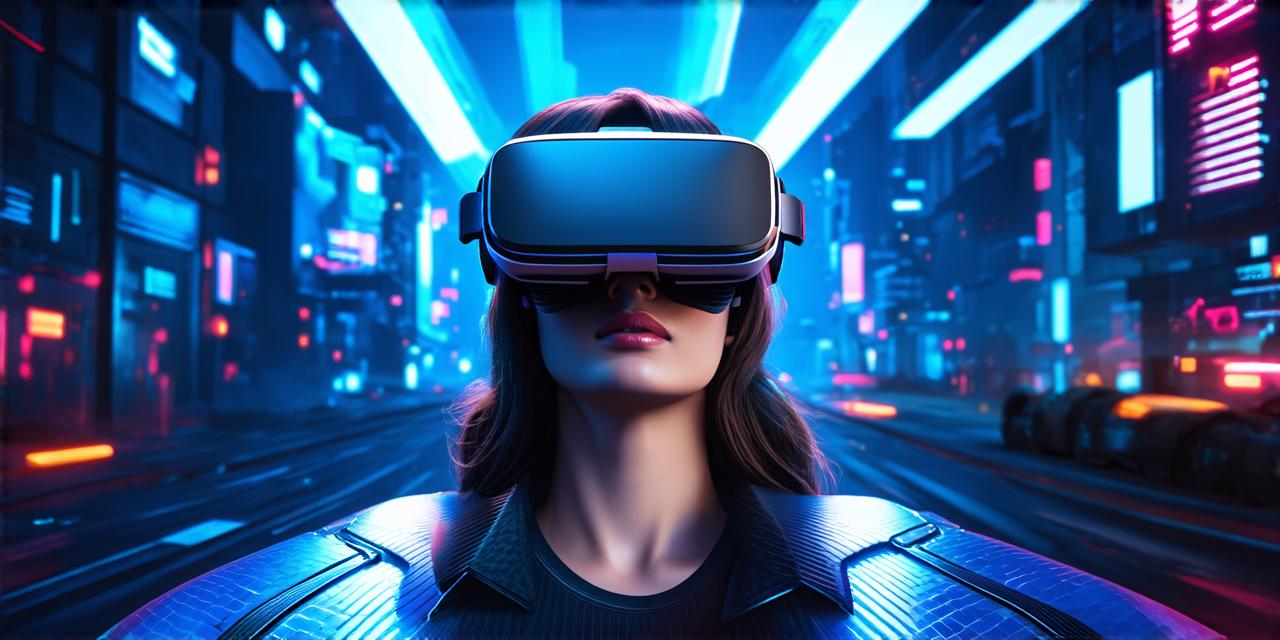Benefits of Virtual Reality for Developers
Virtual reality (VR) is an emerging technology that has already shown significant potential in various industries such as gaming, education, and healthcare. However, VR also holds great promise for developers who are looking to create immersive experiences that can engage users and drive business growth. In this article, we will explore the benefits of virtual reality for developers and how it can help them achieve their goals.
1. Enhanced User Experience
Virtual reality offers a level of immersion that is unmatched by traditional mediums such as TV, computer games, and other forms of media. By placing users in a virtual environment, developers can create experiences that are more engaging, memorable, and impactful. For example, a virtual tourism experience could allow users to explore different parts of the world without ever leaving their homes. This type of immersive experience can help attract new customers and increase brand loyalty.
2. Increased Efficiency
Virtual reality can also help developers improve their efficiency by allowing them to test and iterate on their designs in real-time. With VR, developers can simulate different scenarios and see how users react to them, which can save time and resources compared to traditional methods of testing and iteration. For example, an architect can use virtual reality to design and test new building layouts without having to physically build each one. This can help reduce costs and improve the accuracy of designs.
3. Greater Accessibility
Virtual reality can also help developers make their products more accessible to a wider audience. For example, a fitness app could use virtual reality to create an immersive workout experience that is available to users with limited mobility or health issues. This type of accessibility can help attract new customers and expand the reach of a product.
4. Increased Creativity
Virtual reality can also stimulate creativity by allowing developers to explore new ideas and concepts in ways that were not possible before. For example, a game designer could use virtual reality to create a unique gameplay mechanic that is based on movement and interaction rather than traditional input methods. This type of creativity can help differentiate products from competitors and attract new customers.
5. Improved Training and Education
Virtual reality can also be used for training and education purposes, which can be particularly useful in industries such as healthcare and manufacturing where hands-on experience is essential. For example, a medical student could use virtual reality to practice surgical procedures without risking the safety of real patients. This type of training can help improve skills and reduce errors, which can lead to better patient outcomes.
Real-Life Examples of Virtual Reality in Action
1. Gaming Industry
The gaming industry has been at the forefront of virtual reality development, with companies such as Oculus VR and HTC creating high-end VR headsets that are designed for gamers. Virtual reality games can offer a level of immersion that is unmatched by traditional gaming platforms, allowing users to fully engage with the game world. For example, the popular game “Beat Saber” uses virtual reality to create an immersive music experience that is both fun and challenging.
2. Education Industry
Virtual reality can also be used in education to create immersive learning experiences that can help students engage with complex concepts. For example, the “Anatomomy Virtual Lab” app uses virtual reality to allow students to explore different parts of the human body without having to dissect a cadaver. This type of learning experience can help make education more accessible and engaging for students.
